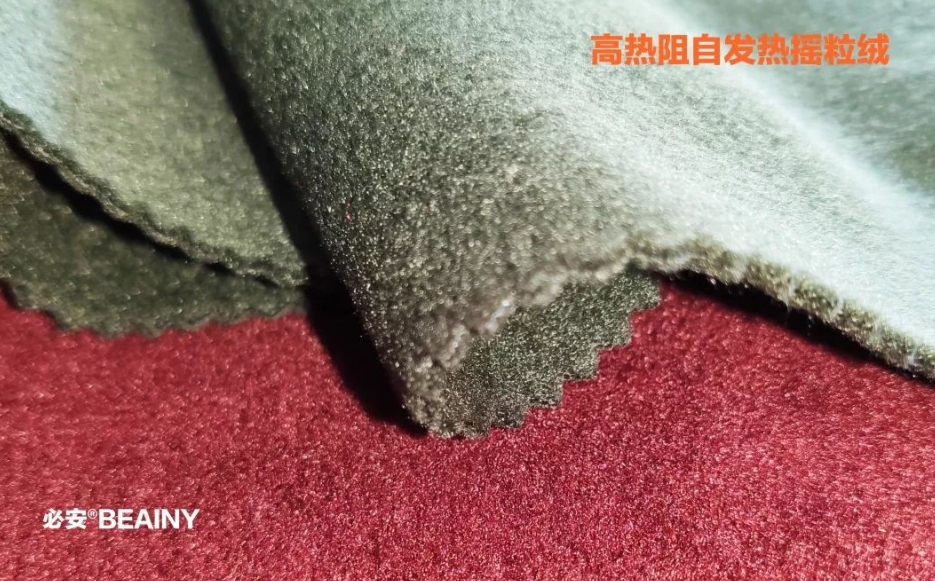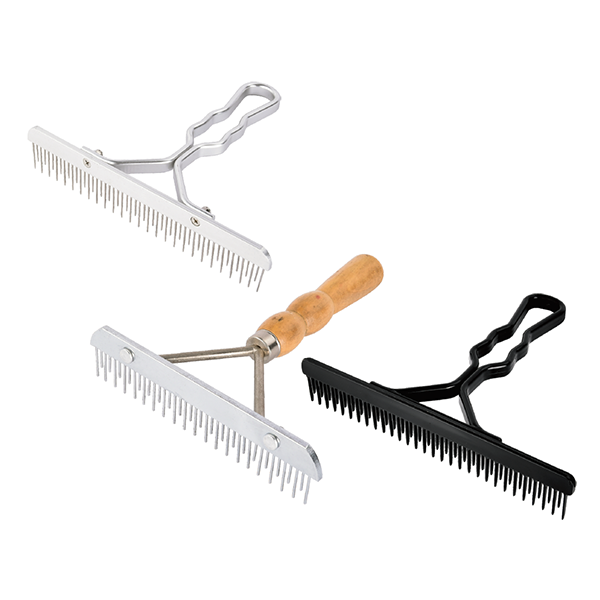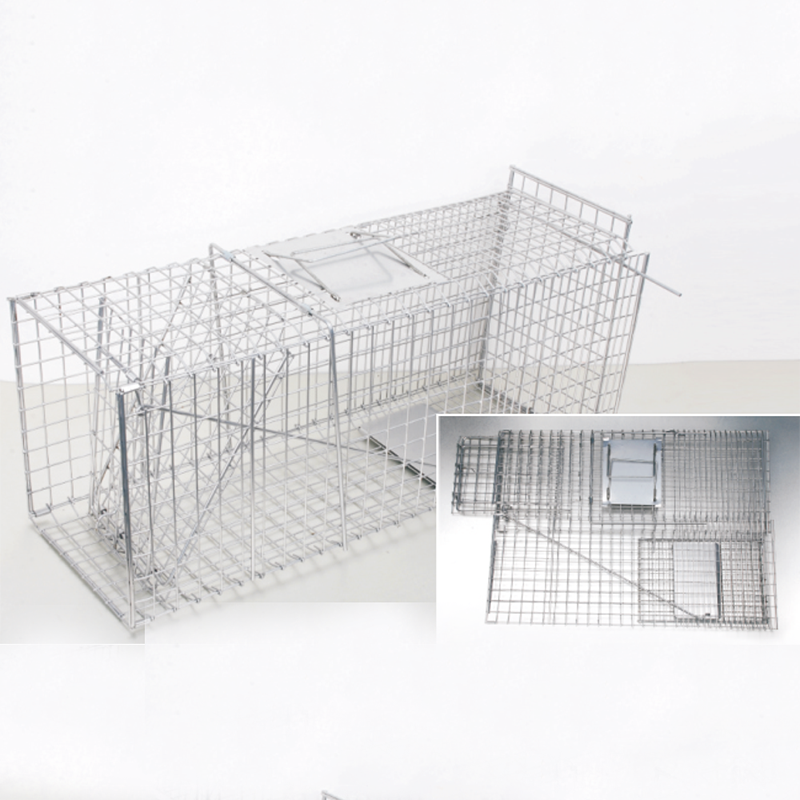The heat sink is one of the main parts used for heat dissipation in the server. A good heat sink can keep the server running stably for a long time. If there is a problem with the radiator, it will cause the internal temperature of the server to rise, and the heat will accumulate inside the server for a long time, which will affect the normal operation of the server, and even cause the server to crash. So we must remove the bad radiator in time and replace it with a new radiator. So, how to move a radiator?

Steps to remove the radiator:
1. First, we need to disconnect the power supply and open the chassis of the host. 2 Find out the cooling fan on the motherboard. 3 Prepare a screwdriver and use a flat-blade screwdriver to loosen the tensioning bolts at the four corners of the CPU fan.
4. Unplug the power cord connecting the fan and the motherboard, take out the fan slowly, be careful not to damage the motherboard with too much force.
5. After dismantling, you can disassemble the fan, and then use a cloth or screwdriver to clean the dust.
5. After all cleaning is completed, the fan can be reinstalled. From step 3, you can reinstall or directly install a new fan.
6. There is also a processor fan that is push-type. When removing it, first press the iron bar on one side to disengage it from the hook on the processor base, and then push it in the direction of the fan to completely disengage it from the hook. After one side is removed, the other side will be It is easy to remove.
The above is the "how to move a radiator" for you. When removing the server radiator, we must be careful not to damage other important components. After the radiator is removed, clean the dust inside the server as a whole, and then install a new radiator.

 English
English Español
Español Português
Português русский
русский français
français 日本語
日本語 Deutsch
Deutsch Tiếng Việt
Tiếng Việt Italiano
Italiano Nederlands
Nederlands ไทย
ไทย Polski
Polski 한국어
한국어 Svenska
Svenska magyar
magyar Malay
Malay বাংলা
বাংলা Dansk
Dansk Suomi
Suomi हिन्दी
हिन्दी Pilipino
Pilipino Türk
Türk Gaeilge
Gaeilge عربى
عربى Indonesia
Indonesia norsk
norsk اردو
اردو čeština
čeština Ελληνικά
Ελληνικά Українська
Українська Javanese
Javanese فارسی
فارسی தமிழ்
தமிழ் తెలుగు
తెలుగు नेपाली
नेपाली Burmese
Burmese български
български ລາວ
ລາວ Latine
Latine Қазақ
Қазақ Euskal
Euskal Azərbaycan
Azərbaycan slovenský
slovenský Македонски
Македонски Lietuvos
Lietuvos Eesti Keel
Eesti Keel Română
Română Slovenski
Slovenski मराठी
मराठी Српски
Српски 简体中文
简体中文 Esperanto
Esperanto Afrikaans
Afrikaans Català
Català עִברִית
עִברִית Cymraeg
Cymraeg Galego
Galego 繁体中文
繁体中文 Latvietis
Latvietis icelandic
icelandic יידיש
יידיש Беларус
Беларус Hrvatski
Hrvatski Kreyòl ayisyen
Kreyòl ayisyen Shqiptar
Shqiptar Malti
Malti lugha ya Kiswahili
lugha ya Kiswahili አማርኛ
አማርኛ Bosanski
Bosanski Frysk
Frysk ជនជាតិខ្មែរ
ជនជាតិខ្មែរ ქართული
ქართული ગુજરાતી
ગુજરાતી Hausa
Hausa Кыргыз тили
Кыргыз тили ಕನ್ನಡ
ಕನ್ನಡ Corsa
Corsa Kurdî
Kurdî മലയാളം
മലയാളം Maori
Maori Монгол хэл
Монгол хэл Hmong
Hmong IsiXhosa
IsiXhosa Zulu
Zulu Punjabi
Punjabi پښتو
پښتو Chichewa
Chichewa Samoa
Samoa Sesotho
Sesotho සිංහල
සිංහල Gàidhlig
Gàidhlig Cebuano
Cebuano Somali
Somali Точик
Точик O'zbek
O'zbek Hawaiian
Hawaiian سنڌي
سنڌي Shinra
Shinra հայերեն
հայերեն Igbo
Igbo Sundanese
Sundanese Lëtzebuergesch
Lëtzebuergesch Malagasy
Malagasy Yoruba
Yoruba









